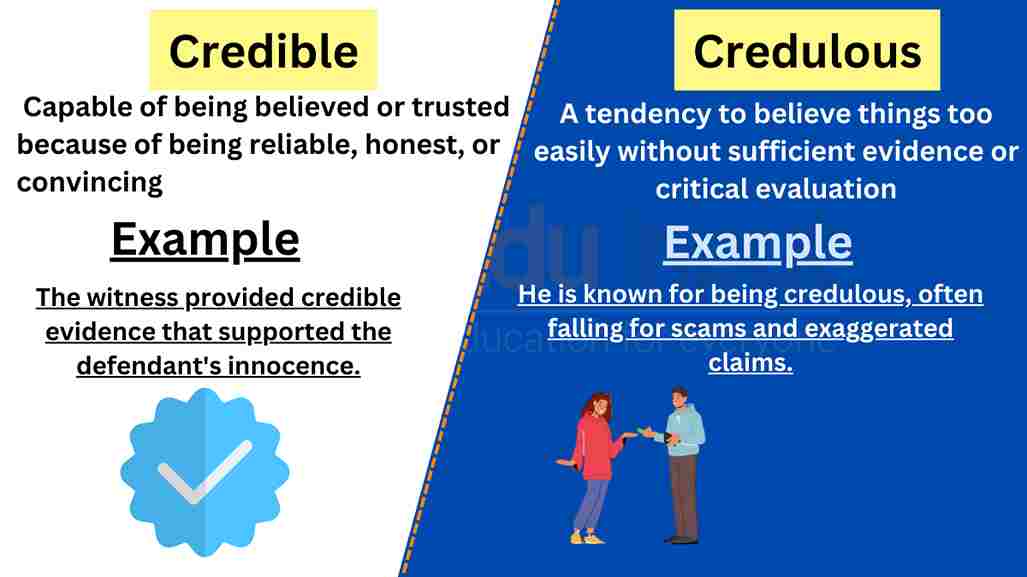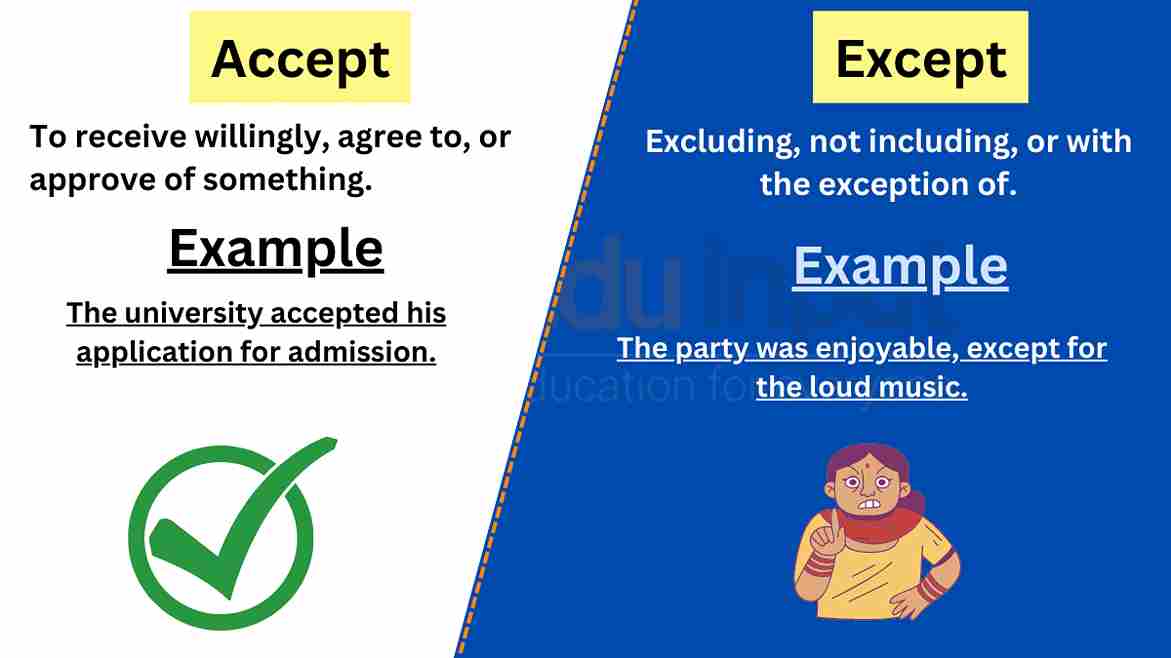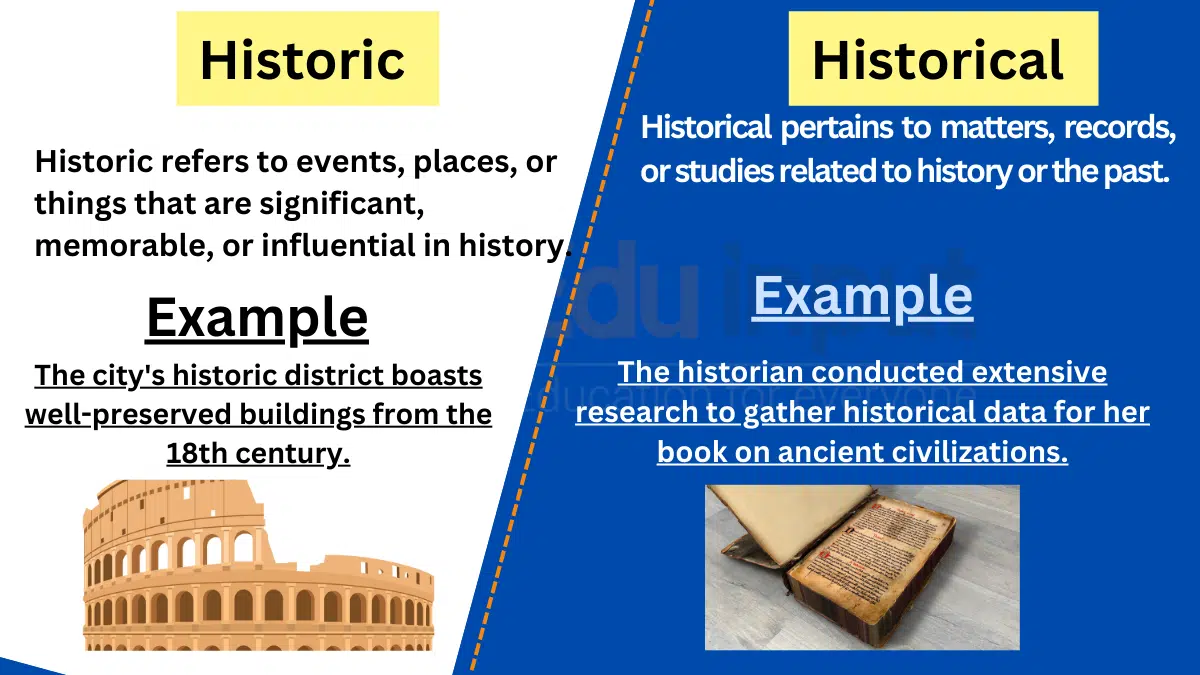Compare With vs. Compare To – Difference between and examples
The phrase “compared with” is employed to draw comparisons between similar things, while the phrase “compared to” is used to highlight contrasts between dissimilar things.
In the English language, the words “compare with” and “compare to” are often used interchangeably, but they carry different meanings and usage.

In this article, we will explore the differences between “compare with” and “compare to” to gain a deeper understanding of their definitions and when to use them correctly.
By distinguishing between “compare with,” which emphasizes similarities and differences, and “compare to,” which highlights similarities or qualities, we can effectively communicate and choose the appropriate phrase in different contexts. Let’s delve into the contrasts between “compare with” and “compare to.”
Meanings and Examples
Let’s see the meaning and examples of compare with and compare to:
Compare With Meaning
The meaning of compare with is:
Definition: “Compare with” is used to analyze similarities and differences between two or more things or concepts.
Compare With Examples
- Let’s compare the features of this smartphone with the features of its competitors.
- The report compares the performance of different investment portfolios with historical data.
- She compared her painting technique with that of a famous artist to identify areas for improvement.
- The professor asked the students to compare the political systems of two different countries.
- The sales team compared the new product’s sales figures with the previous year’s to assess its success.
Compare To Meaning
The meaning of compare to is:
Definition: “Compare to” is used to draw a similarity or analogy between one thing or concept and another.
Compare To Examples
- The poet compared the beauty of the sunset to a painting on a canvas.
- The CEO compared the growth of their company to a rocket soaring through the sky.
- The author compared the protagonist’s struggle to that of a lone wolf navigating the wilderness.
- The teacher compared the students’ excitement to a swarm of bees buzzing with energy.
- The motivational speaker compared success to a marathon, emphasizing the importance of perseverance.
Difference Between Compare With and Compare To
The grammatical differences between compare with and compare to are given below:
| Criteria | Compare With | Compare To |
| Meaning | Analyze similarities and differences | Draw a similarity or analogy |
| Usage | Comparing two or more things or concepts | Drawing a similarity between one thing and another |
| Preposition | With | To |
Use of Compare With and Compare To in Paragraph
When studying history, it is essential to compare different civilizations with each other to understand their cultural, social, and political developments. By analyzing the similarities and differences between ancient civilizations, historians can gain insights into their achievements and challenges.
In literature, authors often use figurative language to enhance their descriptions. For example, in a poem, a poet might compare a gentle breeze to a lover’s caress, creating a vivid image and evoking emotions in the reader.
By understanding the distinctions between “compare with” and “compare to,” we can use these phrases accurately in their respective contexts. “Compare with” is used when analyzing similarities and differences between two or more things or concepts, while “compare to” is used to draw a similarity or analogy between one thing and another. With this knowledge, we can effectively communicate and choose the appropriate phrase to convey our intended meaning.







Leave a Reply